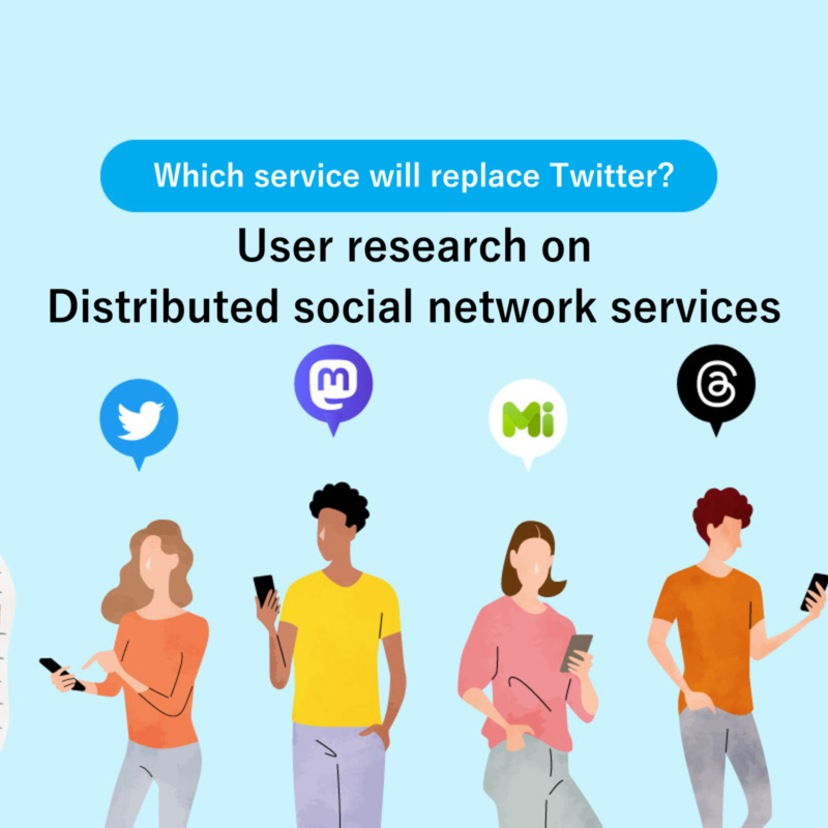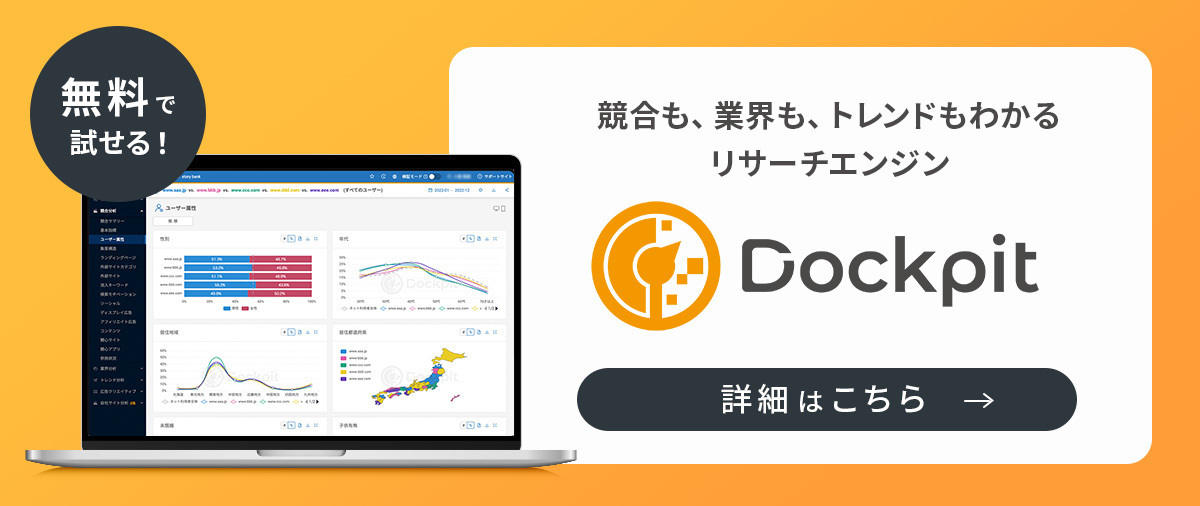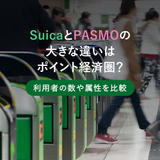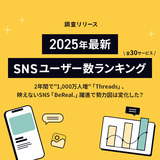Three potential Twitter alternatives
There are various social networking apps that are candidates to replace Twitter, and we will introduce three carefully selected apps that have received the most attention.
■"Mastodon"
Mastodon is a distributed social networking service that is one of the most promising candidates to replace Twitter. The process of using Mastodon is similar to that of Twitter, where you can post short messages, share posts made by others, and follow users, making it an easy service for Twitter users to switch to.
What sets Mastodon apart from Twitter is that it is a form of a "distributed social network." A distributed social network is a system that allows anyone to freely open a server and operate it according to their own rules.
Servers created by users are called "instances." Users can launch their own instances or join existing instances created by other users. Simply put, it means that people with the same hobbies and interests, such as "a community of people who like movies" and "a community of people who like illustrations and novels," can gather and check posts.
Unlike Twitter and other centralized social networking services operated and managed by specific companies, distributed social networking services allow individuals to operate under their own rules. This reduces the risk of being swayed by a sudden, one-sided changes to the specifications made by the operating company. This is why Mastodon has the potential to become a platform that attracts users who have grown to distrust Twitter.
For more information on how distributed social networking services work, please watch this introductory video provided by Mastodon.

The social network of the future: No ads, no corporate surveillance, ethical design, and decentralization! Join today: https://joinmastodon.orgOr, some recom...
■"Misskey"
Misskey is named next after Mastodon as a candidate to become an alternative for Twitter. Misskey is a distributed social networking service that, like Mastodon, offers similar functionality to Twitter. Misskey's user base has skyrocketed in response to Twitter's API restrictions. According to an article in the Nihon Keizai Shimbun, the number of active users, which used to be around 14,000, increased more than eightfold to 117,000 on July 2.
What's the difference between Mastodon and Misskey? Misskey is characterized by the many different possible reactions you can make. For example, on Twitter, you can "like" posts, but on Misskey you can add a wide variety of emoji stickers.
Misskey's emoji stickers are customizable, allowing users to create their own original emoji stickers, so there are also limitless ways to react. Misskey also features a loose character limit for posts. While Twitter has a limit of 140 characters and Mastodon has a limit of 500 characters, Misskey allows up to 3,000 characters.
However, Misskey's appealing variety of emoji stickers and actions may seem too complicated for some people. On the other hand, Mastodon has a simple and universal design similar to that of Twitter, so you can use them according to your preferences.
■"Bluesky"
Lastly, we would like to introduce Bluesky, a social networking service that is rumored to bring back the old Twitter. Bluesky is currently undergoing a beta test, but it is managed by a department independent from Twitter with the goal of "restoring Twitter to its original form," and it can be said that it is the social network that is closest to Twitter in terms of design and operation.
Bluesky differs from Twitter in that it is a distributed form of social networking, just like the other social networking platforms we have introduced so far. It is possible to eliminate the dissatisfaction that Twitter users have while maintaining the same atmosphere of Twitter, so it is considered that the barriers to switch are low. It seems that we can expect growth after the completed version is released.
Searches for alternative services are conducted mainly by people in their 20s
We will now explore how the user demographics of the three apps differ from those of Twitter. We will explore what kind of people use Instagram, which is thought to have many young users. The analysis will be conducted using “Dockpit,” VALUES' online behavioral analytics tool that enables users to analyze competitor websites and investigate trends using behavioral data updated monthly, all within the browser.
First, let's look at the gender ratio of users. You can see that there is little difference in the usage rate between male and female users on Twitter. In contrast, Instagram, with its fashionable image, seems to be popular among women.
Mastodon and Misskey both showed a 50-50 split between male and female users, suggesting that their user base is closer to Twitter than to Instagram. On the other hand, about 70% of Bluesky users were men, suggesting that men may be more likely to actively try beta versions like Bluesky.

Gender ratio of “Twitter,” “Instagram,” “Mastodon,” “Misskey,” and “Bluesky” users
Period: July 2022 - June 2023
Device: Smartphone
Next, let's check the age ratio. Twitter and Instagram have a distribution roughly similar to that of all Internet users, indicating the wide range of their user base. On the other hand, Twitter alternative apps are characterized by a high percentage of people in their 20s. Many young people who are sensitive to trends are actively looking for alternative services.
This characteristic was particularly noticeable in Misskey, where 86.7% of the respondents were in their 20s. Misskey has a wide range of original features, such as custom emoji stickers and long-text posts, which may have made it more likely to attract people who like new things.

Percentage of “Twitter,” “Instagram,” “Mastodon,” “Misskey,” and “Bluesky” users by age group
Period: July 2022 - June 2023
Device: Smartphone
Are users of each of these alternative services really migrating away from Twitter? The figure below shows the percentage of users using other apps in combination, as seen by Mastodon, Misskey, and Bluesky respectively.
Across all apps, the usage rate of Twitter is higher than that of Instagram, and it seems that more than 90% of users of alternative services use Twitter. After all, it seems likely that these three alternative services were installed by people who were originally using Twitter looking for a new service to switch to.

Combined use of other apps as seen from each alternative service
Period: July 2022 - June 2023
Device: Smartphone
The new social networking services that exceeded 100 million users in first 5 days after launch
The Twitter alternative launched by Meta on July 6, "Threads," is not to be ignored. Users can make an account for Threads using the information from an existing Instagram account, and the number of users exceeded 100 million in just 5 days.
Threads has the same functions as Twitter while having the advantage of being less restrictive. Specifically, Twitter posts are limited to 140 characters, videos are limited to 2 minutes and 20 seconds, and images are limited to 4 images. On Threads, users can post texts up to 500 characters, videos as long as 5 minutes, and up to 10 images. Threads is operated by Meta, a large company, which has helped garner publicity.
On the other hand, since Threads is a social networking service that has only just been launched, there are some flaws that stand out, and some people have said that it is difficult to use. For example, it does not have a hashtag function and does not show what is trending, etc. like Twitter. For those who are accustomed to using Twitter, it may be difficult to make the switch to Threads immediately in the current situation.
In fact, the number of active users of Threads peaked during the first week of its release and has since declined. According to an article on the American news website Axios, from July 8 to 12 alone, the number of active users dropped by 20%, and the time spent on the platform dropped from 20 minutes to 10 minutes per day.
Read the Axios article here:
https://www.axios.com/2023/07/14/threads-twitter-engagement-launch
Meta plans to add various functions to Threads in the future, and has also announced that it aims to support distributed social networking services. Many have pointed out that Threads is inferior to Twitter in terms of functionality, probably due to it being recently launched, but if future improvements improve user satisfaction, it may become a viable alternative service. We will continue to keep an eye on Threads to see how many users will stick with the service, which has had a good start.
Summary
In this research, we introduced services that have the potential to replace Twitter. It seems that various apps are being considered, mainly among people in their 20s, but across them, distributed social networking services may be the key. A distributed social networking service that allows users to create their own instances may be a place for users who are tired of being swayed by Twitter trends to find hope.
However, the number of users of these alternative services is nowhere close to the number of Twitter users. Twitter's ability to transmit information is still evident, and it seems unlikely that users will ditch it completely anytime soon.
Twitter is exploring new business models such as subscriptions, etc. What will happen to Twitter's position in the midst of the emergence of new social networking services, mainly distributed social networking services, that show potential as alternatives? We will continue to keep a close eye on the trends to see which social networking services will dominate the market in the future.
About Dockpit
▼Data from Dockpit was used in this case study. Dockpit is an online behavior analytics tool provided by VALUES, Inc., and it allows you to access online behavioral data (updated monthly) via your browser so you can research competitor websites and investigate trends. There is a FREE version of Dockpit, so if you are interested in using it, please register below.
※日本語での記事はこちらをご確認ください

Twitterからの乗り換えが進む?今大注目の分散型SNSとは
https://manamina.valuesccg.com/articles/25802023年7月1日、Twitterでは一時的に、1日に閲覧できるツイート数が制限されるAPI規制がかかりました。相次ぐTwitterの仕様変更に伴いユーザーの不安が高まる中、Twitterからの乗り換え先として他のSNSを探す動きも加速しています。そこで今回は、Twitterを代替する可能性が高いのはどのサービスなのか、有力候補と考えられるアプリについて、利用者像や乗り換え状況を調査しました。

























Born and raised in the Bay Area, U.S.A, I was fascinated by the different social and purchasing behaviors between Japanese and American consumers. I studied communication for undergrad and international marketing for my graduate studies. My professional background is in bilingual recruitment and Japanese-English translation.